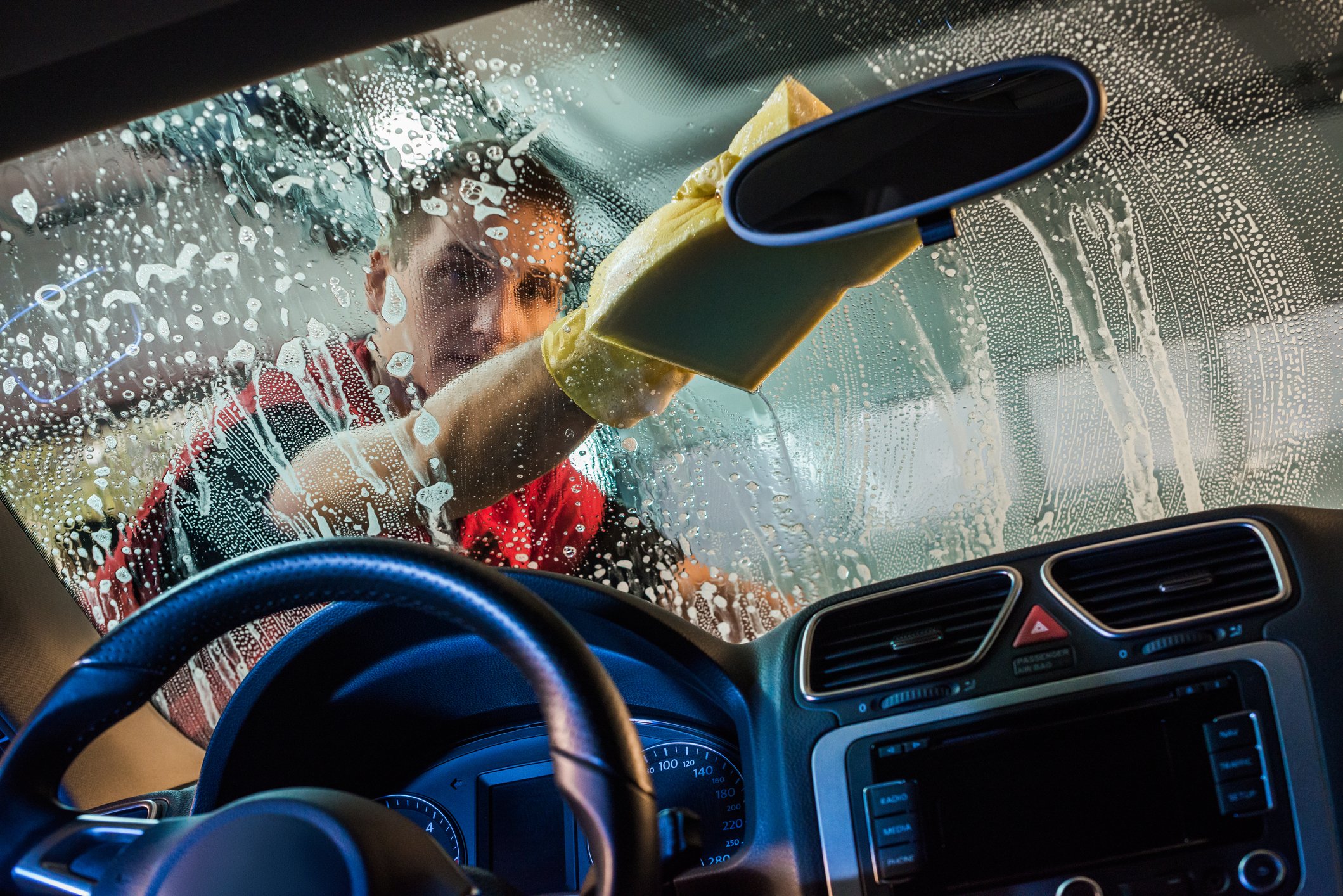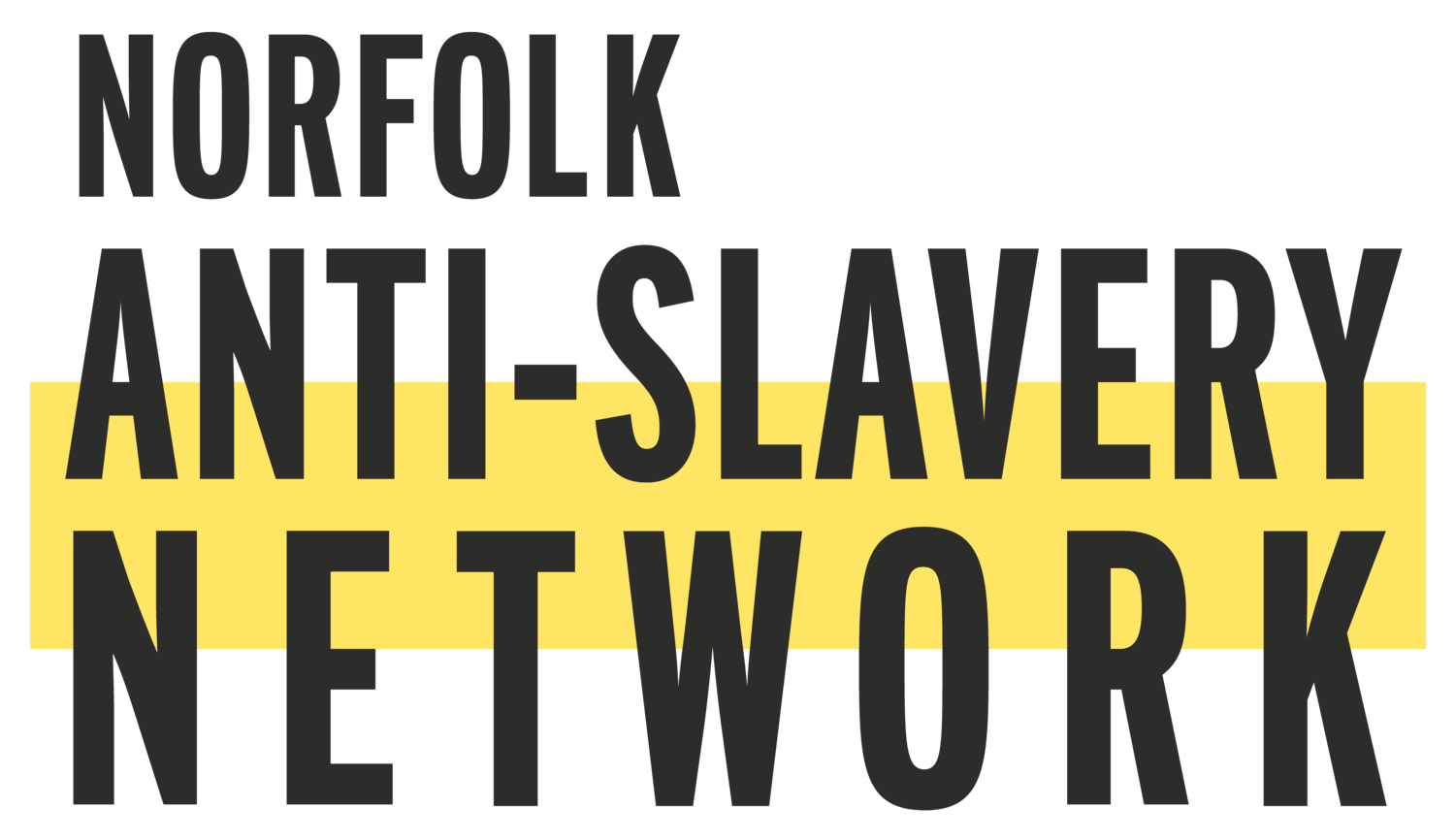
What is Modern Slavery and Human Trafficking?
Modern slavery and human trafficking take place all over the world, including Norfolk.
Modern Slavery
The Home Office has described modern slavery as ‘a serious and brutal crime in which people are treated as commodities and exploited for criminal gain. The true extent of modern slavery in the UK, and indeed globally, is unknown.’
Human Trafficking
The UN defined human trafficking in the Palermo Protocol as the ‘recruitment, transportation, transfer, harbouring or receipt of persons by means of threat, or use of force, coercion or deception…to achieve the consent of a person having control over another person, for the purpose of exploitation.’ According to this definition, trafficking includes sexual exploitation, forced and bonded labour, domestic servitude, any form of slavery and removal of organs.
The act, the means and the purpose must be present for an adult to be considered trafficked. However, for children, the ‘means’ component is not required as they are not able to give consent.
The Act
The act describes the processes involved in trafficking.
Trafficking is:
recruitment;
or transportation;
or transfer;
or harbouring;
or receipt
The Means
The means describes how trafficking is done.
Trafficking takes place by means of:
force;
or fraud;
or coercion;
or deception;
or abuse of power;
or abuse of position of vulnerability;
or giving or receiving of payment or benefit
The Purpose
The purpose is the motive for why trafficking occurs.
Trafficking takes place by a variety of means for the purpose of:
labour exploitation;
or slavery practices;
or servitude;
or sexual exploitation;
or removal of organs;
or other forms not listed here
Types of Exploitation
There are several types of exploitation and areas that are considered high risk – these include, but are not limited to:
Sexual exploitation
Sex work
Escort work
Pornography
Massage parlours
Brothels
Domestic servitude
Nannies
Cleaners
Housemaids
Labour exploitation
Construction
Farming
Textiles
Car washes
Nail bars
Cannabis production
Organ harvesting
Removal of organs for black market sale
Transplantation
Forced begging
Forced labour
Begging
Pick-pocketing (stealing)
Exploitation and injury
Other forms of trafficking
Forced criminality
Trafficking of athletes
Illegal adoption
Forced theft
Forced marriage






